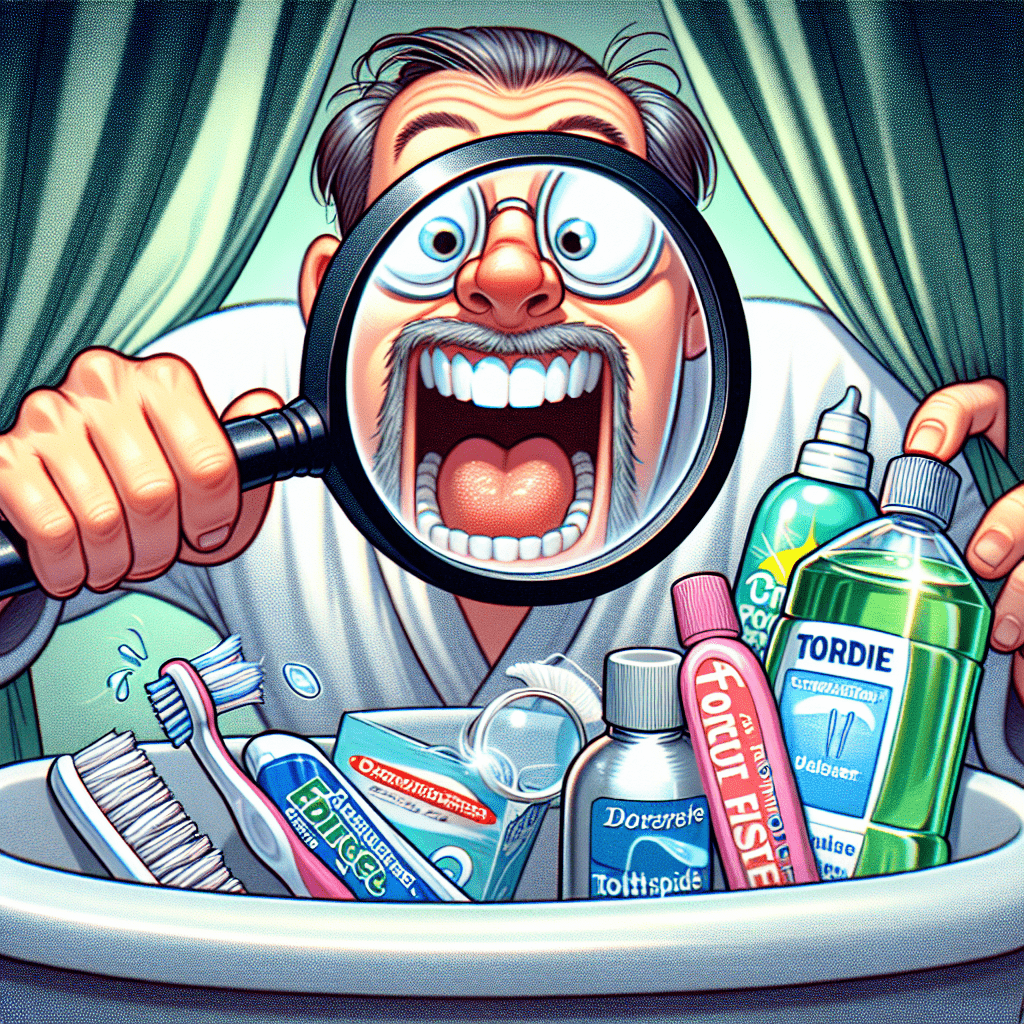

Your dental health plays a crucial role in your overall well-being. While toothpaste and mouthwash are staples in any dental care routine, numerous innovative dental products can elevate your oral hygiene game. Here, we shine a light on five hidden gems in dental care that can make a noticeable difference in your daily routine.
Overview
A water flosser, also known as an oral irrigator, uses a stream of pulsating water to remove food particles and plaque from between teeth and below the gum line. It’s a worthy alternative or complement to traditional dental floss.
Why
This device makes flossing less tedious and often more effective. It’s particularly beneficial for those with braces, implants, or dental work that makes traditional flossing challenging.
Who Uses
Individuals prioritizing ease of use and effectiveness in their dental cleaning routine should consider a water flosser.
How to Use
Position the flosser’s tip in your mouth, turn on the device, and guide the stream between each tooth, allowing the water to flush out debris.
Pros and Cons
Pros include better plaque removal and ease of use. The cons may involve the device’s initial cost and the need for electrical power.
Similar Products
Manual floss, dental picks, and traditional dental floss pickers may also maintain oral hygiene but without the convenience and efficiency of water flossing.
Overview
A tongue scraper is a simple tool designed to clean the surface of the tongue, effectively removing bacteria and food particles that can lead to bad breath and other dental issues.
Why
Cleaning the tongue can significantly improve oral health. It reduces the bacteria that cause bad breath and helps prevent gum disease by creating a cleaner environment in the mouth.
Who Uses
Anyone looking to enhance their oral care routine can benefit from a tongue scraper, particularly those prone to bad breath.
How to Use
Gently scrape the tongue from back to front several times, rinsing the scraper between strokes.
Pros and Cons
Benefits include improved breath and overall oral hygiene. Some may find it a bit uncomfortable initially as they adapt.
Similar Products
Some toothpastes include tongue cleaning features, and mouthwashes provide antibacterial benefits, but they do not replace the effectiveness of a dedicated scraper.
Overview
Teeth whitening strips are flexible plastic strips coated with a peroxide-based whitening gel. They adhere to teeth and gradually lighten their shade.
Why
A brighter smile often boosts confidence and encourages more frequent engagement in social situations. Whitening strips are an at-home solution providing effective results without a dental visit.
Who Uses
People seeking to enhance the whiteness of their teeth, especially those with staining from food, drinks, or smoking, benefit from these strips.
How to Use
Apply the strips to clean, dry teeth, keeping them on for the recommended time, usually ranging from 30 minutes to two hours.
Pros and Cons
They deliver noticeable results and are easy to use. Potential drawbacks include sensitivity in some users and the presence of artificial ingredients.
Similar Products
Whitening trays and gels offer alternatives. Professional whitening procedures provide immediate results but at higher costs.
Overview
Sugar-free chewing gum helps maintain oral hygiene by stimulating saliva production, which naturally neutralizes acids and washes away food particles.
Why
Chewing gum can be a quick fix when brushing isn’t possible, providing a way to protect teeth and freshen breath.
Who Uses
Busy individuals, students, and anyone looking for a convenient way to enhance their oral care can benefit from chewing gum.
How to Use
Chew sugar-free gum after meals or when craving a refreshing taste to protect teeth and freshen breath.
Pros and Cons
The benefits include convenience and improved saliva flow. Some may find the flavor short-lived, requiring frequent replacements.
Similar Products
Mints and breath sprays also offer freshness but may not provide the same dental benefits as chewing gum.
Overview
An electric toothbrush oscillates or rotates its bristles to effectively clean teeth, often with built-in timers and pressure sensors.
Why
It offers superior plaque removal compared to manual brushing and often makes the task more enjoyable with its features.
Who Uses
Individuals looking for an upgrade in their brushing routine or those needing motivation to maintain consistent oral hygiene can benefit from an electric toothbrush.
How to Use
Place a pea-sized amount of toothpaste on the bristles, press the button, and move the toothbrush slowly across teeth, allowing its motion to clean effectively.
Pros and Cons
The positives include improved brushing techniques and fun designs; however, initial costs and the need for charging can be drawbacks.
Similar Products
Manual toothbrushes remain popular and more affordable but lack the advanced features and power of electric ones.
1. How often should I replace my toothbrush or toothbrush head?
Replace every three months or sooner if the bristles are frayed.
2. Can a water flosser replace traditional flossing?
While it can be very effective, it’s best used in conjunction with traditional flossing for optimal results.
3. Are whitening strips safe for all ages?
Consult with a dentist before use, especially for adolescents and children.
4. What are the benefits of using a tongue scraper?
It helps reduce bad breath and bacteria in the mouth, leading to better overall oral health.
5. Is chewing gum effective for dental health?
Sugar-free gum can help promote saliva production, which is beneficial for oral hygiene.
Disclaimer: As an Amazon Associate, I earn from qualifying purchases. I may earn a commission from qualifying purchases as an affiliate. Please note that I only recommend products I believe will provide value to my readers.